
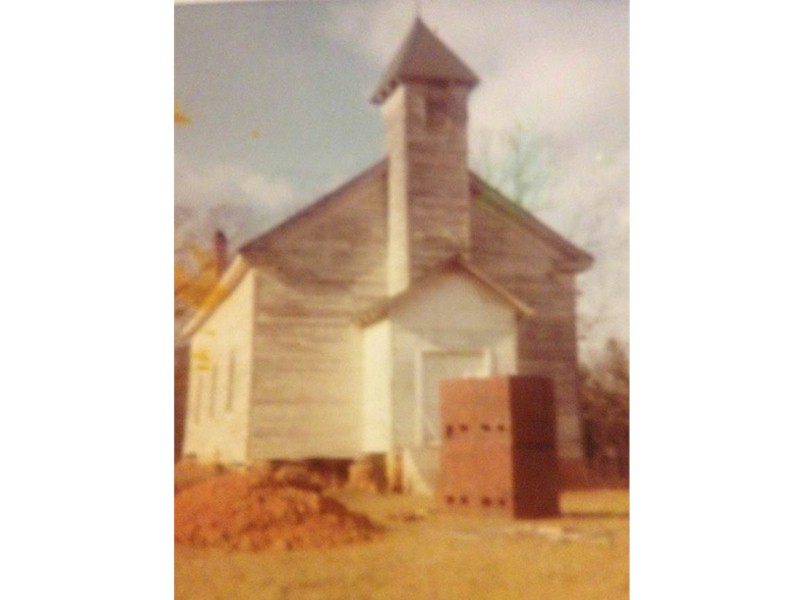
Demolished 1972. Originally First Congregational Church of Randolph County; name changed when U.S. Post Office designated community as Strieby.
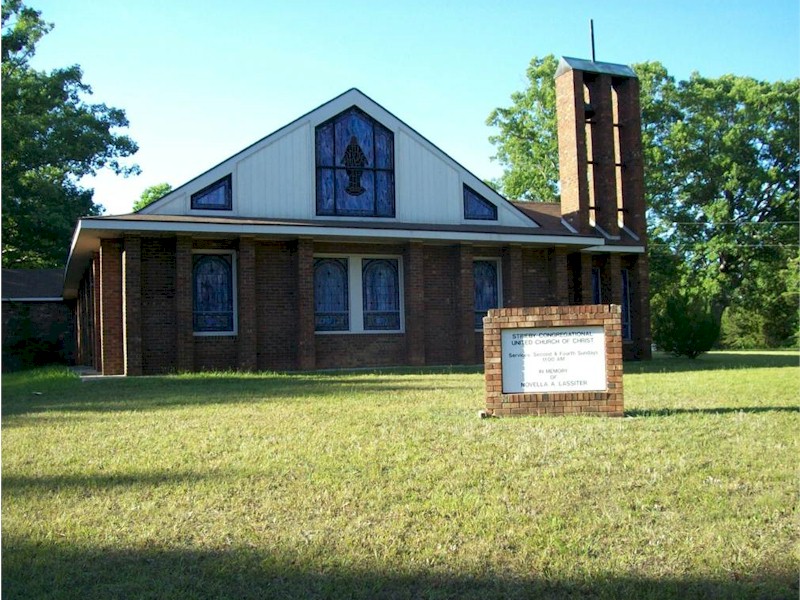
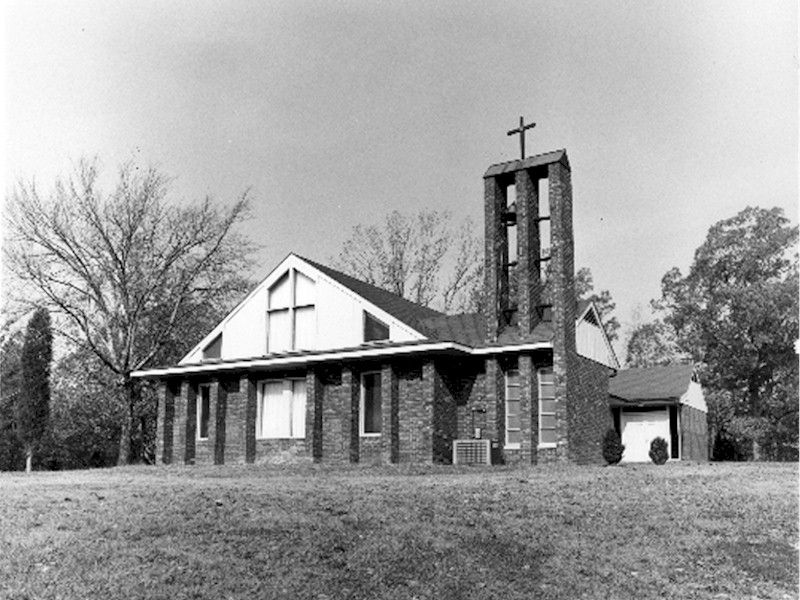
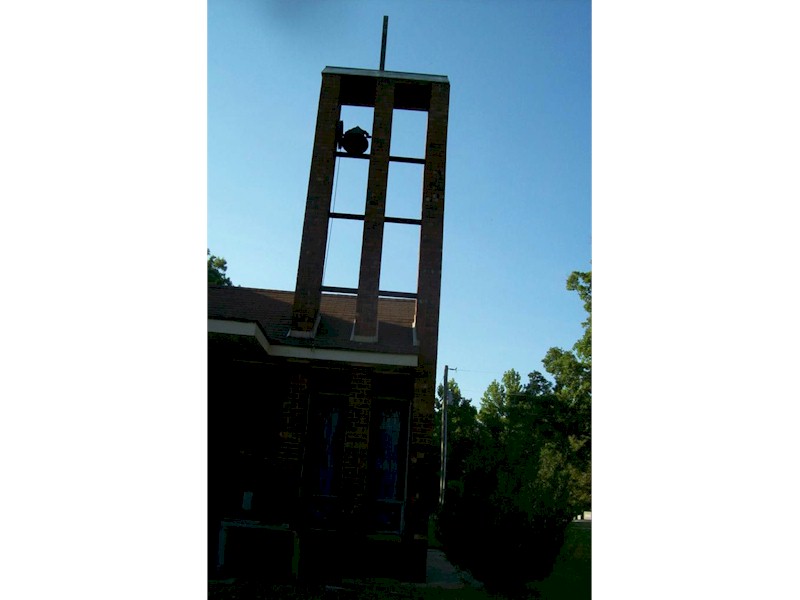
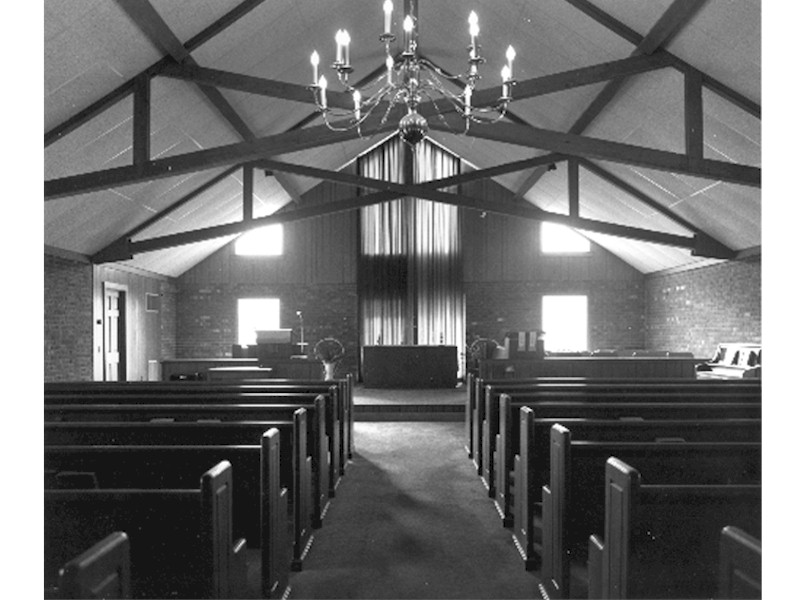
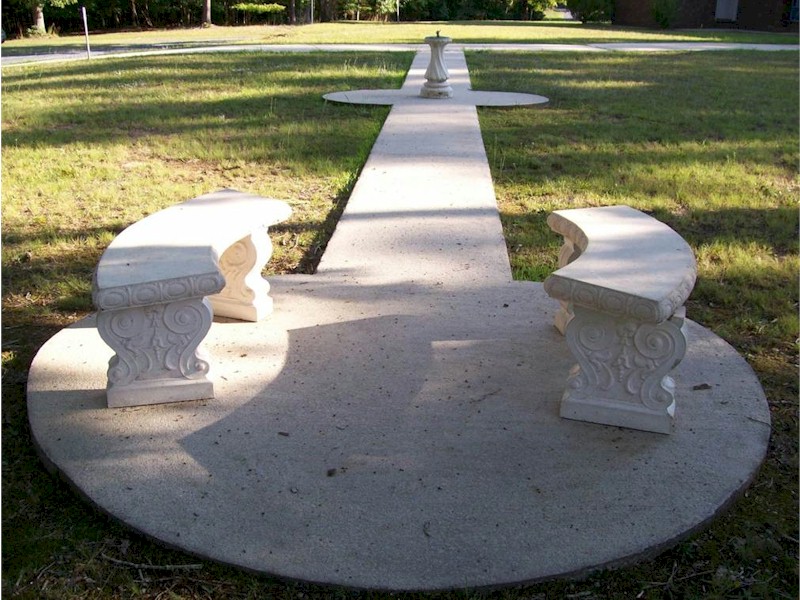
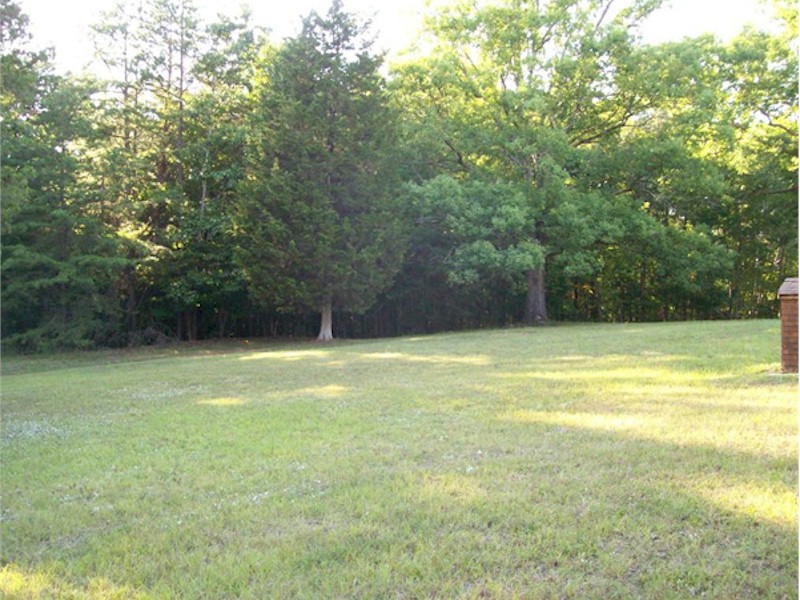
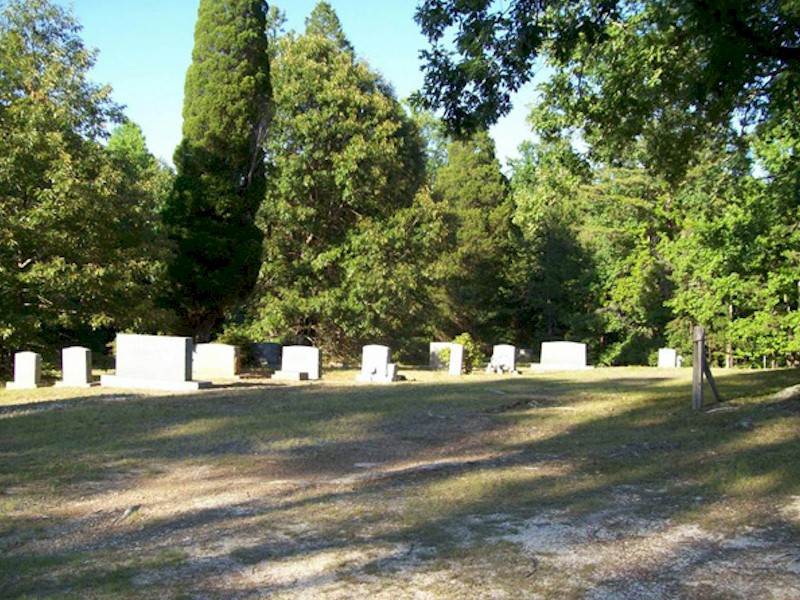
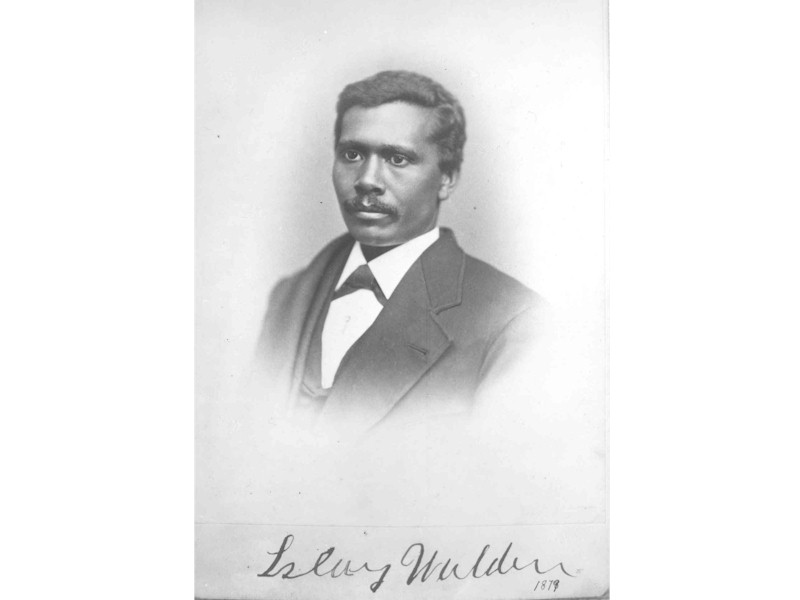
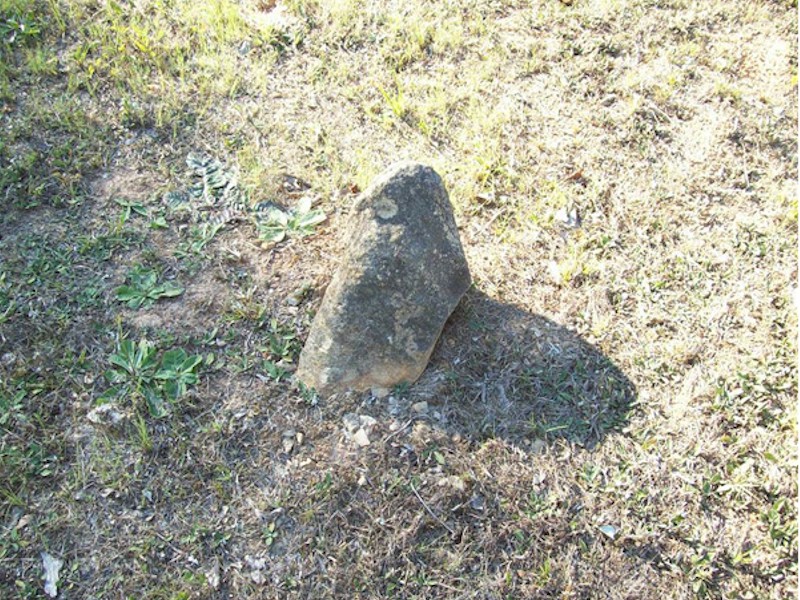
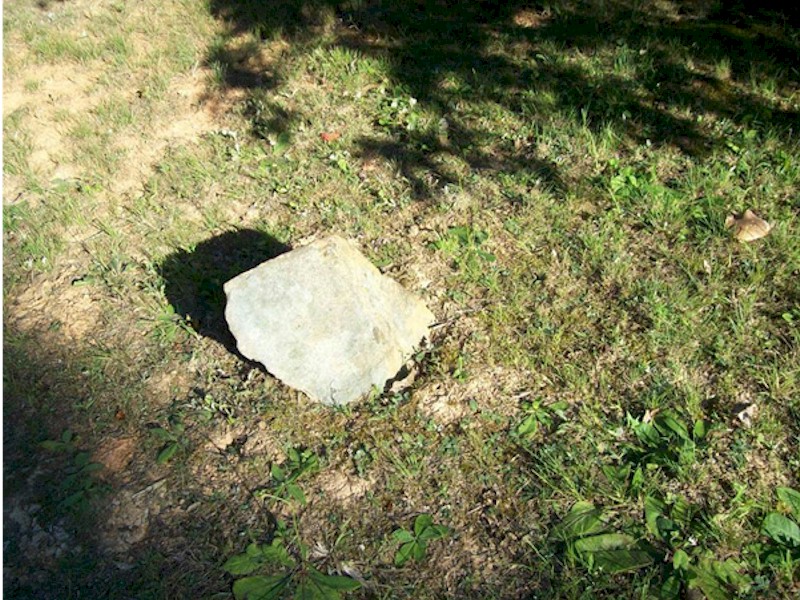
Wife of the Rev. Islay Walden.
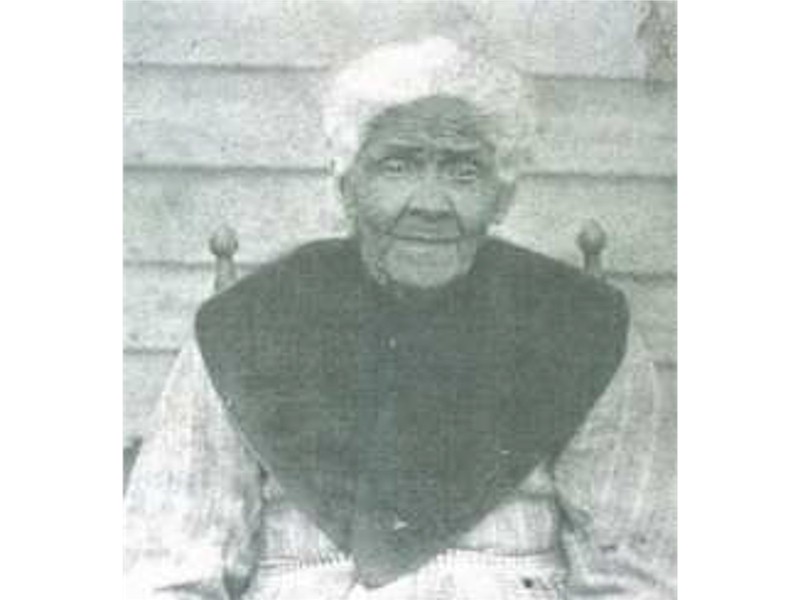
Founder of Hilltown community, later Streiby
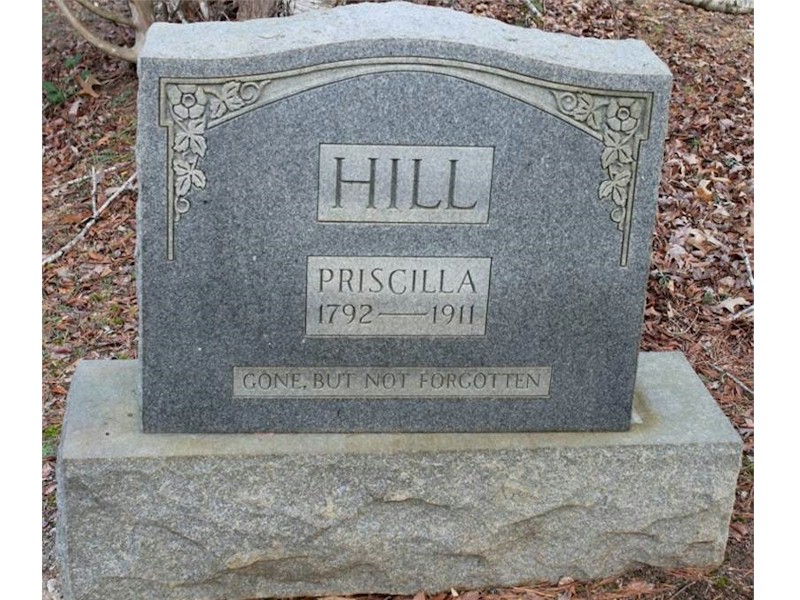
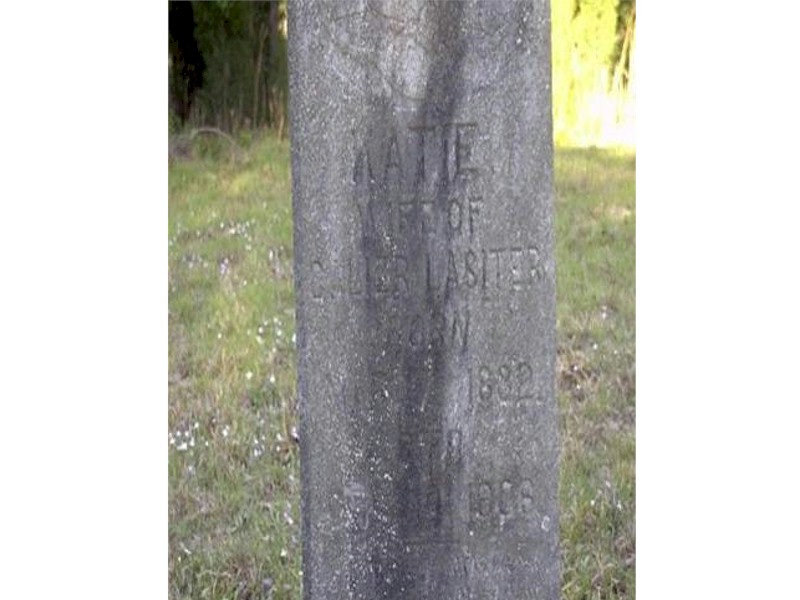
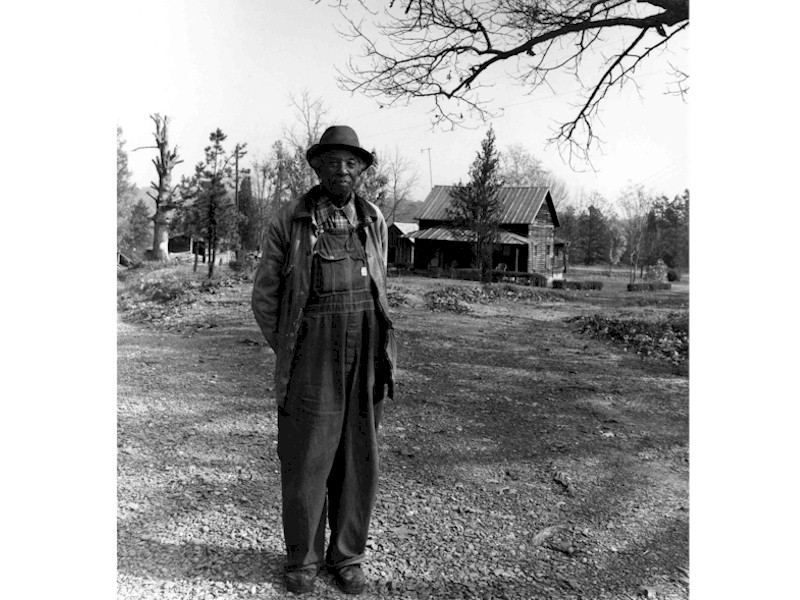
The house was part of the original Strieby community.
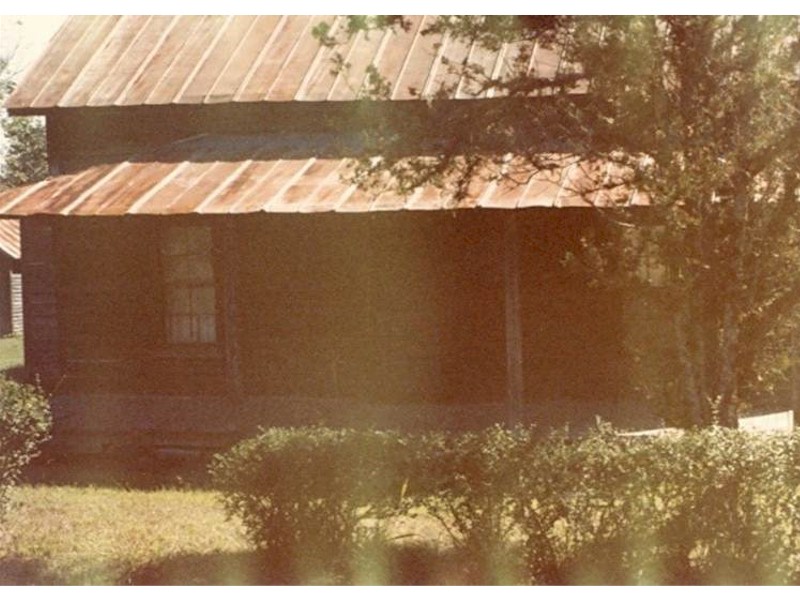
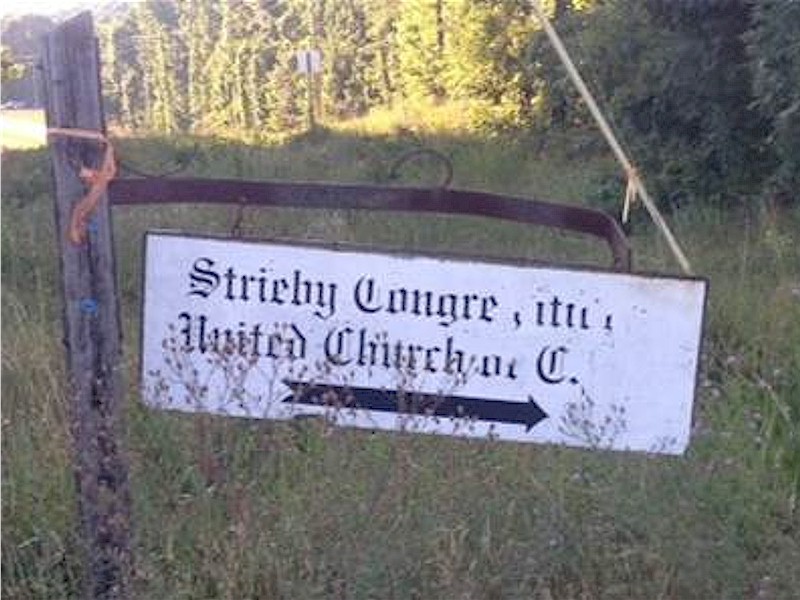
Corner Strieby Church Road and High Pine Church Road.
Read the History of Strieby Church, School and Cemetery
Read the Heritage Site Designation Resolution
The Strieby Church, School and Cemetery Cultural Heritage Site includes the original six acres purchased in 1880 by the Rev. Islay Walden for The First Congregational Church of Randolph County, as agent of the American Missionary Association. The site includes the cemetery wherein have been buried ministers, teachers, and church members from the community for over 130 years. Included among its dead are: the Rev. Islay Walden, former Randolph County slave, recognized 19th century poet, Howard University graduate, and second African American to graduate from the New Brunswick [New Jersey] Theological Seminary, and first Postmaster of Strieby; Priscilla Hill (and most likely Ned Hill), matriarch of founding family of Hill Town, later Strieby, and church leader; Eleanora (Farmer) Walden, wife of the Rev. Islay Walden, teacher and principal of Strieby School; Novella Anna Lassiter, student, church member, teacher, and civil rights litigant; Sarah Smitherman Lassiter, student, church member, and teacher; Kate Lassiter Jones, deacon, student, teacher, missionary, Randolph County community leader, civil rights leader; the Rev. Dr. Marion Blair, minister; and veterans from various eras.
Although not part of the six acre church plot, a community of about 60 African American families lived in their homes surrounding the church and school property. One home building still survives, that of Arthur Hill, great grandchild of Priscilla and Ned Hill, progenitors of the founding community family of Hill Town. They are believed to have been freed slaves who settled in the area in the early 1840s.
The school ceased to exist as an independent school but was combined with other small local schools, ultimately becoming part of the public school system circa World War II. The impact of the school was such that the entire adult community was literate by 1920 and all community children were enrolled in the school. Many students went on to Peabody Academy and other American Missionary Association schools and colleges, and some even went on for advanced degrees. The church continues to serve the community, holds monthly services led by a descendant of one of the founding families, and holds annual Homecoming/Revival services on the fourth Sunday of August each year which are attended by descendants from all over the country. Descendants continue to bury family members in the cemetery.
Margo Lee Williams talks about her book From Hill Town to Strieby: Education and the American Missionary Association in the "Back Country" of Randolph County, North Carolina, in a presentation at the Randolph County Public Library.